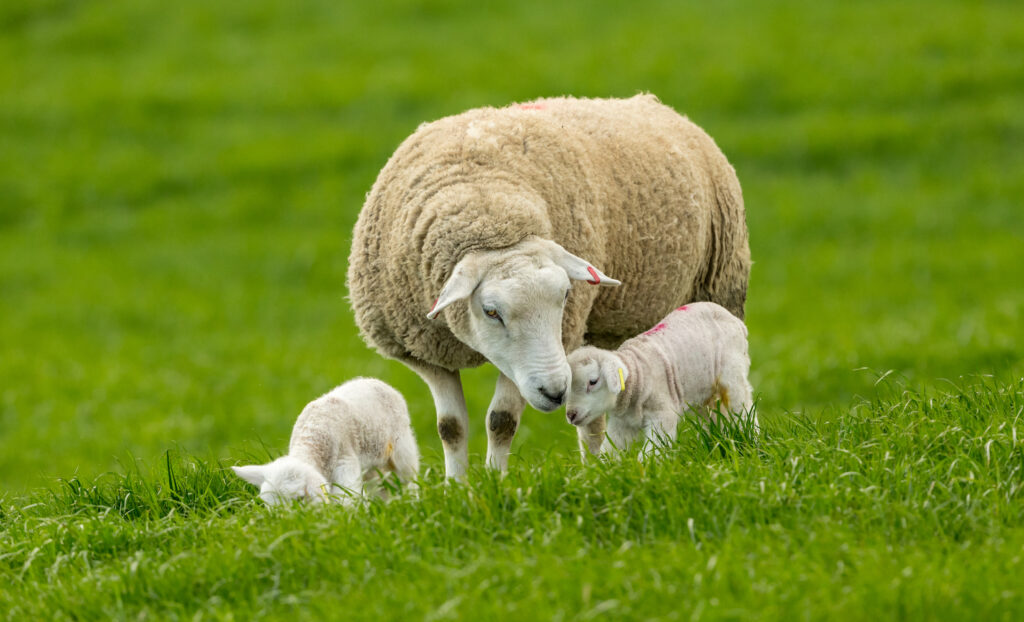SCOPS issues nematodirus warning for later lambing flocks and cooler areas
19th May 2022
While many 2022-born lambs have developed immunity to nematodirus, there is still a ‘sting in the tail’ for younger lambs and in parts of the country where temperatures have been slow to increase this spring.
Speaking on behalf of the Sustainable Control of Parasites in Sheep (SCOPS) group, Davinia Hinde of Bainbridge Vets, North Yorkshire, says: “Nematodirus is always difficult to predict and this year is no different, with the risk of a real sting in the tail for some producers.
“It’s important not to assume the threat has passed as spring gets into full swing, which is why the SCOPS Nematodirus Forecast, a free-to-use service, continues to be available to sheep farmers, vets and advisers.
“At particular risk are younger lambs that haven’t yet developed immunity. Also, lambs grazing fields on north facing slopes, or in cooler and/or higher parts of the country, where a sudden increase in temperature can trigger a mass hatch of the parasite that causes nematodirosis.
“The SCOPS Nematodirus Forecast has a colour-coded dot for weather stations right across the UK. It also shows the height about sea level for each station, allowing users to assess the relative risk to flocks in the area.”
The SCOPS Nematodirus Forecast is free to use thanks to the sponsorship of Techion and Bimeda. At the current time, forecast users can enter an online competition to win a one-year free faecal egg count testing subscription with Techion.
Unlike with nematodirus, where the damage is done by immature larvae that are not producing eggs, faecal egg counts (FEC) are hugely useful to monitor the risk posed by parasites in later spring and throughout summer.
Davinia continues: “As the nematodirus risk reduces for some flocks, the threat from other worm species increases. Monitoring FECs in lambs from around six weeks old onwards is a vital tool to measure and respond to the risk poses on individual farms. If you’re not already in the habit of regularly testing, it’s easy to get started with the support of your vet or adviser.”

